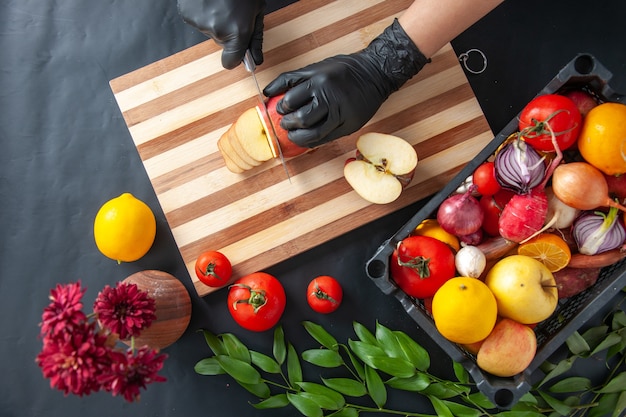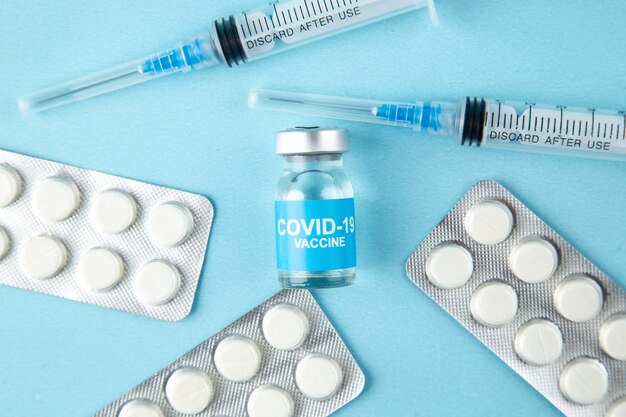
Preventing foodborne illnesses and ensuring food safety are all about keeping up with good food hygiene and safety practices. Even after getting trained in Food Hygiene and Safety, many people tend to overlook the basics of food safety in their daily cooking tasks. Whether you’re working in a professional kitchen or cooking at home, steering clear of these common mistakes will make your food environment safer and healthier.
1. Not Washing Hands Properly
Proper handwashing is one of the simplest yet often neglected steps in food safety. Many assume a quick rinse is enough, but effective handwashing means scrubbing with soap for at least 20 seconds. It’s crucial before cooking and after handling raw foods like meat, poultry, or seafood, as poor hand hygiene can spread harmful pathogens like Salmonella and E. coli.
To avoid this mistake, wash your hands with soap for 20 seconds, especially after handling raw meat or using the bathroom, and dry them with a clean towel or an air dryer.
2. Cross Contamination Between Raw and Cooked Food
Cross contamination happens when bacteria from raw food get onto cooked or ready-to-eat items, usually by using the same tools or cutting boards without cleaning in between.
To avoid this mistake, use separate cutting boards for raw meat and other foods, and clean and disinfect surfaces, knives, and utensils after working with raw foods.
3. Ignoring Expiry Dates
It’s easy to overlook expiry dates, but eating food past its expiration can lead to health issues. Expiry dates tell you when food is no longer safe.
To avoid this mistake, always check the expiry date before using any item, and rotate your fridge and pantry stock to use older items first.
4. Incorrect Food Storage Temperatures
Not storing food at the correct temperatures is a common mistake that allows bacteria to grow. The “danger zone” for bacteria is between 5°C and 63°C, so perishable foods should be refrigerated below 5°C.
To avoid this mistake, ensure your fridge is set below 5°C and refrigerate leftovers within two hours of cooking.
5. Thawing Food at Room Temperature
Leaving frozen food on the counter to thaw is a quick way to let bacteria grow. The outer layer warms while the center stays frozen, creating a perfect environment for bacteria.
To avoid this mistake, thaw food in the fridge overnight, under cold water, or use a microwave instead of leaving it out for more than two hours.
6. Overlooking Personal Hygiene
While focusing on food, personal hygiene is equally important. Contaminants can sneak in if you handle food when sick, wear dirty clothes, or leave long hair untied.
To avoid this mistake, wear clean clothes and tie back hair while cooking, and avoid handling food if you’re unwell.
7. Cooking Food at Wrong Temperatures
Cooking food to the right temperature kills harmful bacteria. Many people, especially when rushed, undercook meals, leading to illnesses.
To avoid this mistake, use a food thermometer to ensure the right internal temperature, especially in the thickest part of the meat.
8. Using the Same Utensils Without Cleaning
Using the same utensils for raw and cooked food can lead to quick cross contamination, a common mistake when multitasking in the kitchen.
To avoid this mistake, use different utensils for raw and cooked foods and clean cutting boards, utensils, and surfaces immediately after use.
9. Not Washing Fruits and Vegetables Properly
Fruits and vegetables might look clean, but they can carry bacteria or pesticides. Skipping a thorough wash increases the risk of foodborne illness.
To avoid this mistake, wash fruits and vegetables under running water before eating, and use a clean brush to scrub firmer produce like cucumbers or melons.
10. Neglecting to Clean Kitchen Surfaces Regularly
Kitchen surfaces, like worktops and cutting boards, can pick up bacteria from raw foods. If not cleaned, they can contaminate other food items prepared on them.
To avoid this mistake, clean and disinfect all surfaces after preparing food, especially after handling raw meat, using kitchen disinfectant or a hot water and soap solution.
In conclusion, food safety isn’t just about preventing illnesses; it’s about protecting your health and that of others. By being aware of these common food safety missteps and working to avoid them, you can ensure your food is safe and nutritious. Keep these top 10 mistakes in mind, and you’ll be on track to mastering safe cooking techniques!









